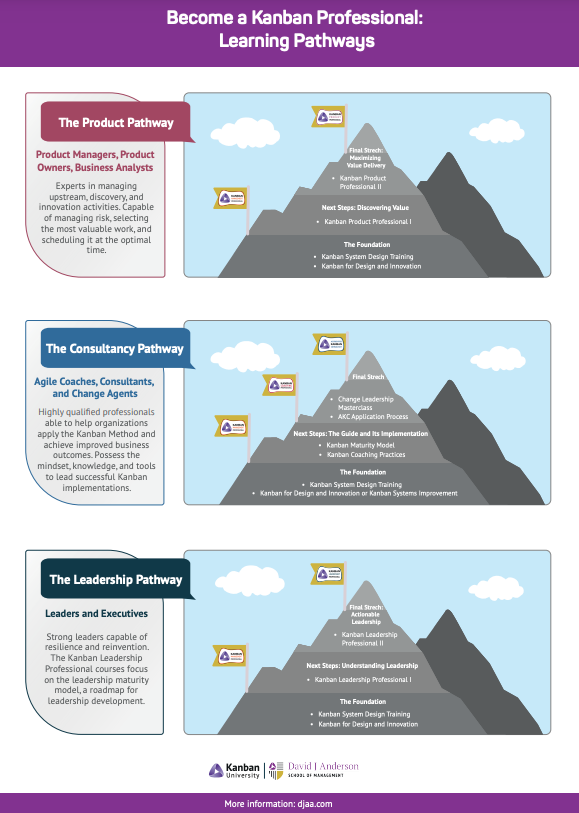Defining KPIs in Enterprise Services Planning
All KPIs should be fitness criteria metrics. All KPIs should be recognizable by your customers and address aspects of how they evaluate the fitness of your product or service. If your customer doesn’t recognize or care about your KPIs then they aren’t “key”, or “performance” indicators, they may indicate something else but they aren’t predictors of how well your business is performing or likely to perform in the future.
This blog follows my recent posts on Market Segmentation and Fitness for Purpose Score explaining how we define Fitness Criteria Metrics. These metrics enable us to evaluate whether our product, service, or service delivery is “fit for purpose” in the eyes of a customer from a given market segment. They are effectively the Key Performance Indicators (KPIs) for each market segment. All other metrics should either be guiding an improvement initiative or indicating the general health of your business, business product unit, or service delivery capability. If you can’t place a metric in one of these categories then you don’t need it.

Fitness Criteria Metrics
We left our story of Neeta the busy project manager, mother of 4 kids, having established that she represents a member of two market segments – the “working late ordering food for the team in the office” cluster, and the “feed my children, its an emergency!” cluster. We also determined that the main metrics of concern are: delivery time; quality – both functional quality (the menu and order accuracy) and non-functional quality (hot, tasty, artisan, gourmet, or maybe not); predictability (of delivery time, and perhaps of quality too); safety or regulatory concerns, perhaps including the trust that organic ingredients were used or not. In our example, these 4 main metrics apply whether Neeta is ordering pizza for the team or whether she is ordering for her family. However, the satisfaction thresholds vary significantly based on the context.
When Neeta orders for the team they are happy to wait an hour to 90 minutes for delivery. If minor errors are made in order accuracy it is unlikely to matter too much. However, there is a threshold. If some of the team are vegetarian then there must be some vegetarian pizzas delivered or we’d consider the order a failure. The menu is important in the sense that the geeks want a more exotic set of choices. They are fussy about their non-functional requirements. They want the pizza hot, tasty, artisan, and gourmet. They aren’t too particular about the predictability of delivery time or order accuracy. A 30 to 45 window for delivery is probably acceptable and a few minor errors in the order is also acceptable. They do care about health and safety in the restaurant but they only care about the traffic safety of the delivery boy so much as it doesn’t endanger the quality of the pizza on arrival.
When Neeta orders for her family, the threshold levels are significantly different. The kids are really hungry and impatient and now they know that pizza is coming, they are super-excited about it. Fast delivery is essential. Predictable delivery is essential: the 6-year-old is now running his countdown timer on his iPad. The menu was important but only in so far as it offered simple plain cheese pizza with tomato sauce. The kids are so excited that they won’t mind if the pizza is a little cold on arrival, nor will they mind if it got shaken up a bit during transportation. Order accuracy is important to the kids. If it isn’t a plain cheese pizza they will be extremely upset and unlikely to eat it at all. Meanwhile, mommy can worry about safety and regulatory concerns but they may have a preference for a restaurant that promises to use organic ingredients. They have no concept of whether they trust this assertion. The restaurant said it was organic – mommy can worry about whether that is true or not.
So in summary…
Kids
- Fast delivery
- 100% order accuracy
- Not concerned too much about non-functional quality
- Predictable delivery
- Not concerned too much about safety or regulatory concerns
>
Geeks
- Longer delivery acceptable
- Some errors in order accuracy are acceptable
- Extremely fussy about non-functional quality
- Wider tolerance for unpredictable delivery
- Not too concerned about safety or regulatory issues
In 4 of these 5 categories, we have significantly different fitness evaluation thresholds for these two segments.
If we are to successfully serve both segments, driving improvements so that we have high levels of customer satisfaction in both segments, we must use the higher thresholds with each metric as our benchmark. Alternatively, we need to segregate our service delivery by segment. We can do this by introducing two classes of service, one for each segment. This might work through pricing, for example, would Neeta pay a premium for the guaranteed fast delivery for the kids? Or it might work through capacity allocation and demand shaping based on it. We might, for example, refuse to take large commercial destination orders during peak times for domestic orders. In this example, we trade off educating our corporate clients to order earlier in the day, versus the risk that they will go elsewhere. We do this because we value the domestic market.
There is no formula for this. No right or wrong. We make choices for our business in terms of which segments we wish to serve and how well we wish to serve them. Choices come with consequences. We need to be prepared to live with these consequences and be willing to be accountable for them.
The metrics and threshold values we’ve developed for each of our segments should become the KPIs for our business and specifically, in this case, the pizza delivery service. We should put in place the mechanisms, instrumentation, and customer feedback, to measure these metrics. We can use the results from Service Delivery Reviews, Operations Reviews, and Strategy Reviews to determine how well we are serving our markets, where we need to make improvements, and which segments we wish to serve.
Learn more about Fitness Criteria Metrics with our new self-paced learning course, Strategic Marketing and Customer Experience Using the F4P Framework.




